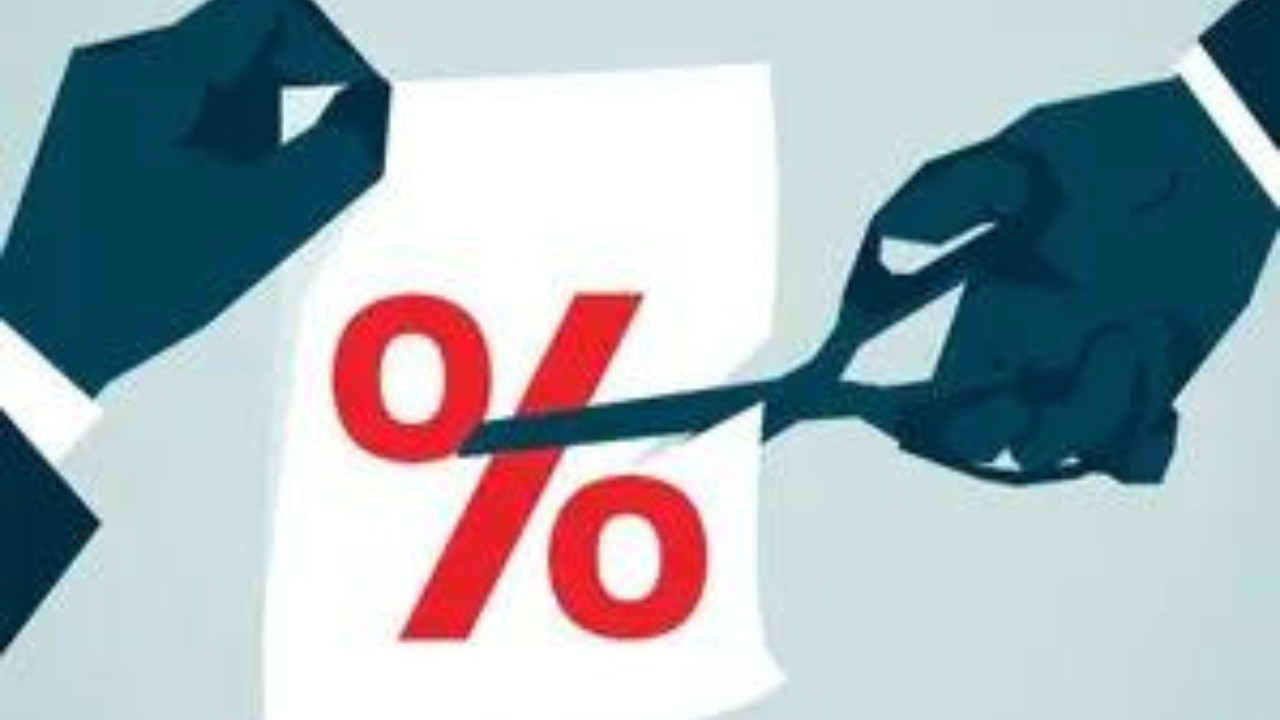The Reserve Bank of India (RBI) is likely to cut interest rates further after a temporary pause, potentially injecting more liquidity in the latter half of fiscal year 2025-26, according to an Angel One report. With the FY26 inflation forecast lowered to 3.7 per cent and May’s CPI inflation dropping to 2.
Okay, buckle up, folks, because we’re diving into the fascinating world of Indian economics! The Reserve Bank of India (RBI), our nation’s financial helmsman, is always keeping a watchful eye on the economic tides. And a recent report is hinting at some interesting potential shifts in their strategy. Forget dry economic jargon – let’s break down what this could mean for you, your wallet, and the overall health of the Indian economy.
The buzz is all about interest rates and liquidity – two crucial factors that influence everything from your home loan EMIs to the investment climate in the country.
The Big Picture: A Potential Pause, Then… More Cuts?
The initial headline might be a little misleading if you expect immediate rate cuts. It seems the RBI might be taking a breather for a little while. Think of it as a strategic pause, a chance for the central bank to assess the lay of the land before making its next move. Inflation, the constant bugbear of economists, is likely a key factor influencing this decision. They need to ensure that any further rate cuts don’t end up overheating the economy and sending prices spiraling.
However, buried within the reports is a stronger suggestion that further rate cuts are on the cards, possibly in the second half of fiscal year 2026 (that’s late 2025 stretching into early 2026). This is where it gets interesting. This potential cut is likely to be based on the progress in keeping inflation in check and a general need to give the economy a bit of a push.
Why All This Juggling with Rates?
You might be wondering, “Why all this back and forth? Why not just keep rates low forever?” Well, that’s not how a healthy economy works. Interest rates are a powerful tool the RBI uses to manage economic growth and inflation.
* Lowering interest rates: Makes borrowing cheaper for businesses and individuals. This encourages investment, spending, and overall economic activity. Think of it as giving the economy a shot of adrenaline. This also generally makes business loans attractive for entrepreneurs looking to expand.
* Raising interest rates: Makes borrowing more expensive, which can cool down an overheated economy and curb inflation. It’s like applying the brakes when things are moving too fast.
The RBI’s job is to find the sweet spot – the interest rate level that promotes sustainable growth without triggering runaway inflation. It’s a delicate balancing act!
Liquidity: Keeping the Financial Gears Oiled
The report also emphasizes the need for “more liquidity” in the second half of FY26. Liquidity, in simple terms, refers to the availability of cash in the financial system. Think of it as the oil that keeps the gears of the economy running smoothly. When there’s enough liquidity, banks can lend more easily, businesses can access capital, and the overall economy functions more efficiently. The RBI will likely use various tools, such as open market operations (buying and selling government securities), to manage liquidity in the system.
What Does This Mean for You?
So, how does all of this translate into your daily life?
* Home Loans & EMIs: If the RBI does cut rates, expect lower interest rates on home loans, car loans, and other borrowings. This could mean lower EMIs and potentially more affordable access to credit.
* Savings & Investments: Lower interest rates might mean lower returns on fixed deposits and other traditional savings instruments. However, it could also make other investments, like stocks and bonds, more attractive.
* The Overall Economy: Increased liquidity and lower rates will likely help stimulate economic growth, potentially leading to more job opportunities and higher incomes in the long run.
A Word of Caution:
It’s important to remember that economic forecasts are just that – forecasts. Many factors could influence the RBI’s decisions in the coming months, including global economic conditions, geopolitical events, and domestic policy changes. So, while it’s good to be informed, don’t make any major financial decisions solely based on this report.
Looking Ahead:
The RBI’s next moves will be crucial in shaping the trajectory of the Indian economy. It’s a game of chess where they are constantly evaluating the other pieces on the board and recalibrating their strategy. Stay tuned, because the story is far from over! And rest assured, we’ll continue to break it all down for you in plain English.
📬 Stay informed — follow us for more insightful updates!







